China’s tightening of rare earth export controls, this month, has intensified global supply chain concerns with specific repercussions for the lighting industry. Beijing’s Ministry of Commerce expanded its rare earth export list, adding five new elements for a total of twelve. The new regulations extend beyond raw materials, also covering refining technologies, equipment, and finished products containing even small amounts of Chinese-origin rare earths, effectively controlling the entire manufacturing chain.
Scope and Strategic Intent
China’s new export rules require foreign firms to obtain licenses when exporting goods containing more than 0.1% Chinese rare earths or using Chinese refining equipment. These measures mirror the U.S.’s earlier Foreign Direct Product Rule that restricts semiconductor exports to China. China’s actions are largely seen as retaliation for continued U.S. restrictions on chip-making supplies, and prompted President Trump’s tariff escalation, promising 100% additional duties on Chinese imports. Beijing’s stated goal is to “safeguard national security,” but analysts interpret this as using rare earth dominance as a geopolitical weapon ahead of upcoming trade talks between Trump and Xi.
Implications for Global Lighting Manufacturing
Rare earths are essential inputs for the production of phosphors, LEDs, sensors, and OLED components widely used across the lighting industry. Lanthanum, yttrium, europium, and cerium — among the controlled elements — are core to the creation of high-luminance color phosphors and luminescent coatings in energy-efficient lighting. The expanded control list signals significant disruptions in availability for global lighting manufacturers. Supply constraints will likely raise production costs, could delay fixture assembly, and tighten the market for specialized color-critical lighting used in display technology and healthcare environments.
Lighting Industry Exposure
The lighting industry depends heavily on rare earth-derived materials for producing high color-rendering LEDs and linear fluorescent lamps. China currently refines more than 80% of global rare earth materials, so its control over both raw and processed products means lighting component producers—especially in the U.S., Japan, and Europe—could face longer lead times and higher costs. As these controls now apply to any goods incorporating rare-earth-based coatings or phosphors, even midstream luminaire manufacturers using imported LED chips could face export license risks and compliance burdens.
Likely to be impacted the most are linear fluorescent lamps that use significantly more phosphor and rare earths than LED lighting. The linear fluorescent lamp market is already struggling with rapidly declining economies of scale, rapidly rising pricing, and diminishing supply and demand. The rare earth export controls could further accelerate the elimination of fluorescent tubes from the market, providing a silver lining to linear LED lighting manufacturers. During the 2011 rare earth crisis, fluorescent products saw dramatically more market and price disruption than LED products.
Supply Chain and Innovation Risks
Manufacturers may accelerate diversification toward non-Chinese sources such as Australia, the U.S., and Greenland. However, establishing viable rare earth processing operations outside China remains slow and capital-intensive. For lighting companies, this adds uncertainty around delivery timelines and hinders innovation in high-efficiency color tuning and smart lighting systems that rely on rare earth doping for high spectral precision. The ripple effect may delay next-generation tunable and circadian lighting products or drive higher end-market pricing across architectural and industrial sectors.
Outlook for the Lighting Industry
For the near term, lighting and display manufacturers must navigate tighter compliance with traceability and origin verification of Chinese content. The extended 45-day approval window for export licenses introduces new barriers for firms dependent on just-in-time materials. Linear fluorescent tube lamps will likely be the hardest hit with negative supply and cost impacts. This could spell a more rapid end to fluorescent tubes in the market, if the export controls remain in place for an extended period.
In the long run, the controls underscore an urgent need to repatriate rare earth phosphor and semiconductor material processing. Policy-driven investment in U.S. and European rare earth recycling and synthetic phosphor chemistry could emerge as critical mitigation strategies for rare earth-dependent industries amid escalating geoeconomic competition.
More information is available here.
Image above: ChatGPT.






You must be logged in to post a comment.